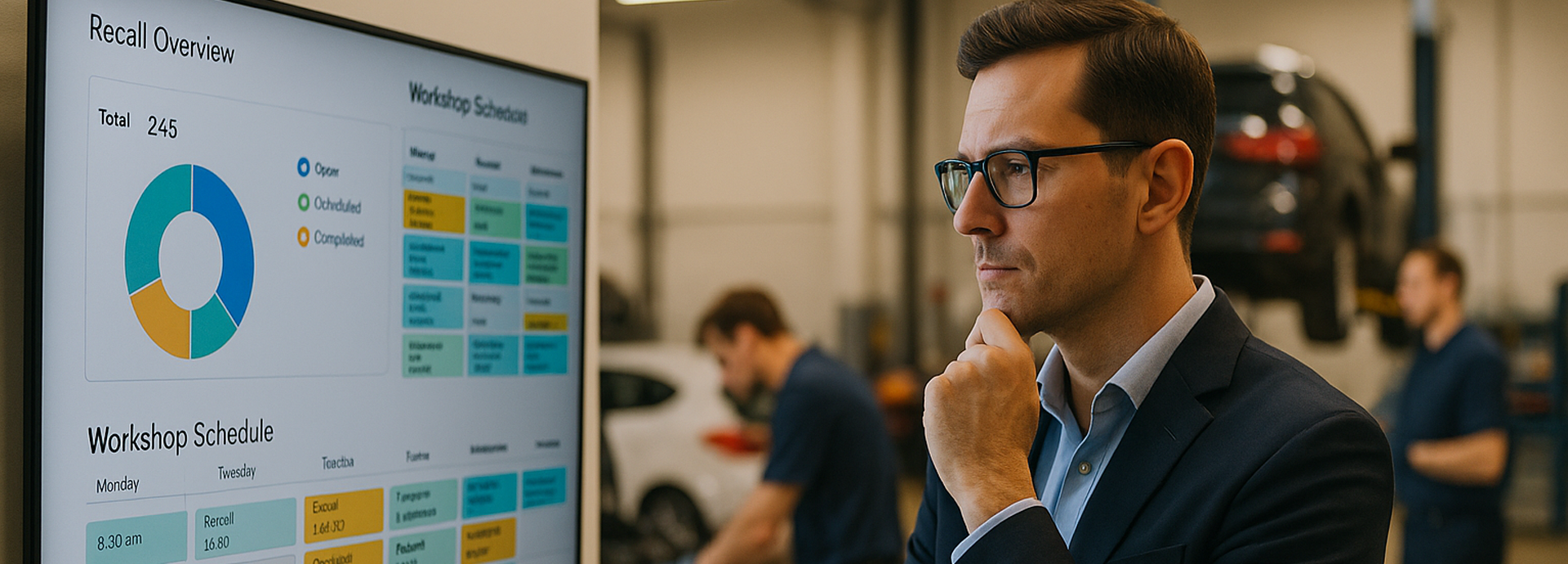When one tool tries to do too much
It seems logical on the surface. Your CRM is already filled with lead data, follow-up tasks, and customer interactions... so why not use it to handle your dealership’s marketing automation as well?
But this well-meaning shortcut is likely creating more problems than it solves. If you're relying on your CRM to do double duty (to nurture prospects, re-engage service customers, send campaigns, and track it all) you're turning the core of your sales operation into a bottleneck.
The hidden impact on your team
Your sales team feels it first. Instead of focusing on real opportunities, they’re wading through a mess of automated emails, irrelevant customer interactions, and cold leads that were never properly qualified. The CRM, meant to sharpen their focus, now feels like a junk drawer.
Behind the scenes, the system groans under the weight of misused functionality. Reports take longer to load. Contact records are bloated with one-size-fits-all campaign activity. Searching for high-intent leads becomes a guessing game... and a frustrating one.
A cluttered CRM is a costly one
And then there’s the cost, not just in lost productivity, but in real money. Most CRMs charge by contact volume. That means every old lead, inactive customer, or newsletter subscriber you dump into the system inflates your bill. You’re paying premium prices to store people who aren’t buying.
Meanwhile, marketing performance suffers. Messages are often impersonal, mistimed, or off-target. It's like sending a winter tire offer to someone who just walked into the showroom for a convertible. The emails go out, but they don’t land.
What smart dealerships are doing differently
There is a better way. And it starts with letting your CRM return to its original role: helping your sales team close deals. Not trying to be the Swiss Army knife of your dealership stack.
Dealerships that get this right treat marketing as its own engine: purpose-built, connected, and data-driven. They use systems designed for real-time personalization, triggered by behavior, vehicle data, and service history. These tools don’t replace the CRM. They amplify it. They support it. And most importantly, they keep it clean.
Clean CRM, better sales
With a dedicated platform for marketing automation, the CRM becomes a powerful hub of qualified, high-intent activity. Salespeople log in and immediately know who to call. They trust the data. They move faster.
Meanwhile, marketing runs quietly in the background: automatically nurturing leads, sending service reminders, and delivering targeted offers at just the right moment. The dealership stays top of mind. The service bays stay busy. And the sales team stays focused.
Final thoughts
Marketing and sales are different disciplines. When you separate them, and give each the tools they need, the results speak for themselves. Your CRM becomes faster, your messaging becomes sharper, and your teams become more aligned.


